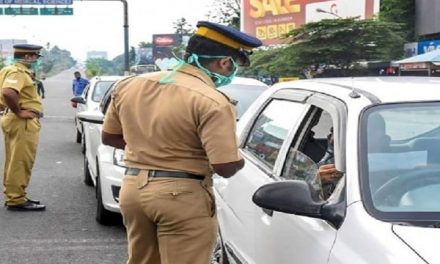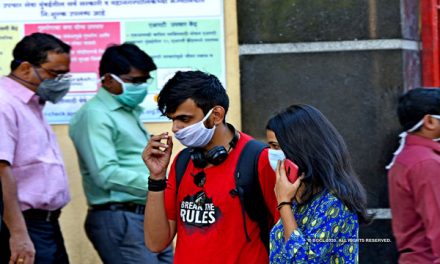NPR will miss many People: India’s 2011 census poll misses many people, which was estimated to be 28 million people, which can be roughly equal to the population of a particular state in India according to India’s 2011 Demography.
NPR (National Population Register) of India will go on simultaneously with the 2021 Census. The Indian Census Demography is widely respected for its size, scale and statistical excellence. All that is true but what is also true is that the Census does leave out people as seen even in the latest census of 2011.
The launch of the proposed National Population Register (NPR) has polarized the country, with objections stemming from the anti-Muslim atmosphere that has frightened Muslims about citizenship tests and led their allies to suggest a boycott. But concerns could arise from another aspect too: official counting exercises regularly leave out a significant number of people, and those already marginalized are the worst hit.
PES (Post Enumeration Survey) is done after the census poll is completed every decade, which is a sample survey to estimate the extent and type of under- and over-counting errors. The 2011 Census PES found that the net omission rate (undercounting net of duplications) was 23 persons per 1000 enumerated persons. This rate had not improved since the previous Census and is significantly higher than, for example, the US Census’s net overcount rate of 0.001 people for every 1000 persons. For 2011, India’s Census missed 27.85 million people, a population roughly the size of the state of Punjab at the time.
While the rate of omissions is worse in urban India than in rural areas, it has slightly improved in urban areas, while it has consistently worsened in rural areas, meaning that every decade the Census has missed more and more people in rural areas.
The Census misses a greater share in urban India but is getting worse in rural India. It also missed most people in the central and northern states. Urban people with the least education were most likely to be missed.
The immediate head of the household and his or her spouse and children are more likely to make it to the Census, while other relatives and unrelated persons living in the housing unit are more likely to get left out.
The US’ post-Census Census Coverage Measurement (CCM) report has much more granular data on who exactly is missed, and it shows that the US census undercounted racial minorities and overcounted white people.
In India, these estimates only come from smaller studies. Vikas Kumar, an assistant professor of economics at Azim Premji University, has been studying errors in official statistics, particularly in Nagaland and Jammu & Kashmir, for nearly a decade and has written a book on it.
With Ankush Agarwal, an assistant professor of economics at IIT Delhi, Kumar found that Nagaland first inflated its population count in 2001, and then corrected for it in 2011 by showing a population decline that could not be explained by any normal processes.
Both states were also poorly counted by the National Sample Survey Office, resulting in a severe underestimation of Nagaland’s poor, Agarwal and Kumar found.
While sample surveys will necessarily suffer from some errors engendered by the sampling process, other attempts to register all or most persons are also leaving out some of the most marginalized. India’s voter list, for instance, suffers from gender bias, with women left out in much larger numbers than men. The most recent Delhi elections saw nine lakh more men than women registered to vote.
The homeless tend to get left out of electoral rolls. In his book ‘Changing Electoral Politics in Delhi: From Caste to Class’, political scientist Sanjay Kumar finds that only 9% of homeless people were registered to vote.
For India, the combination of the Census and the NPR questionnaire will prove a massive counting challenge.












